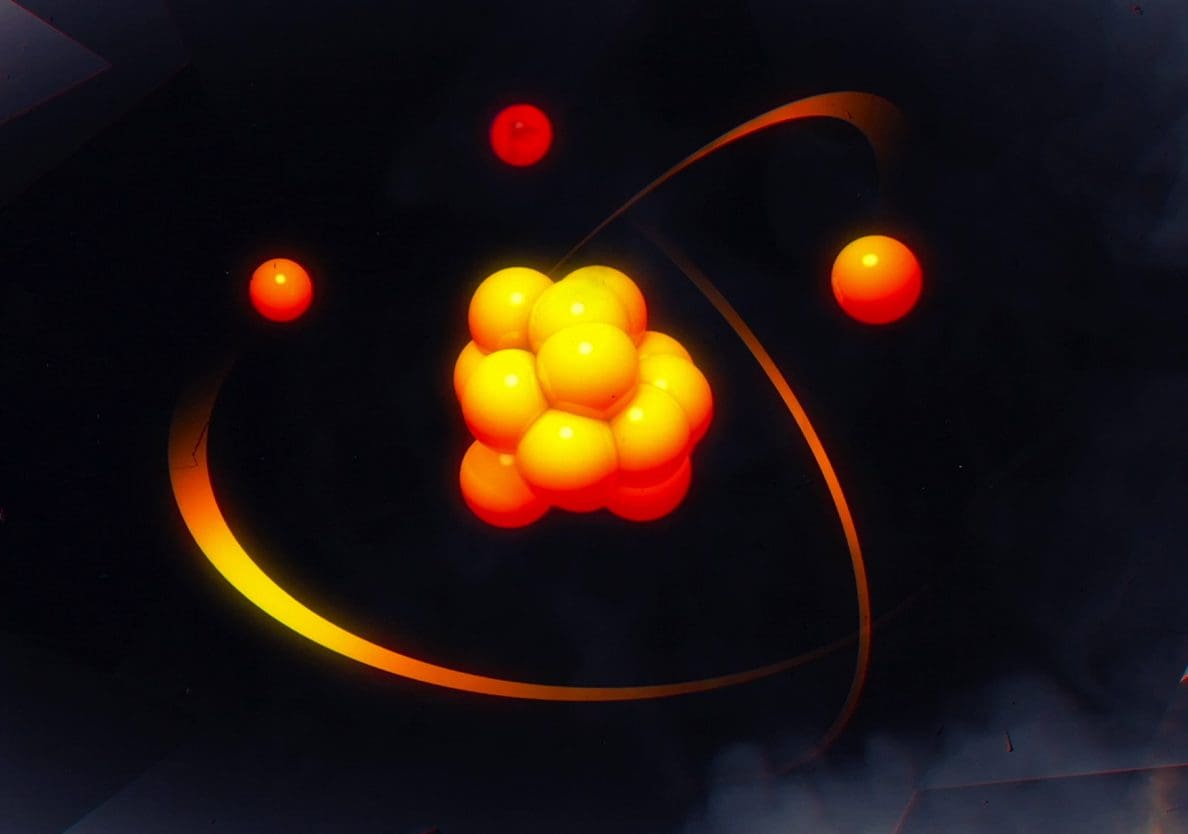In the very first verse of the Bible, the name of God is used in its plural form, Elohim. In fact, this Hebrew name of God is used more than thirty times in Genesis 1 alone. Although this in itself does not necessarily prove the plurality of the Godhead, the Bible does go on to teach and develop this idea further (even within the early chapters of Genesis). For example, in Genesis 1:26 God [Elohim] says, “Let us make man in our image, after our likeness.” Likewise, He says in Genesis 3:22, “Behold, the man has become like one of us.” And in Genesis 11:7 He says again, “Come, let us go down and there confuse their language.”
“Just as God is three persons but is still one God, space also has three dimensions yet is one in nature.”
Eventually, in the New Testament, the Bible develops this plurality even further revealing that God is actually Triune—Father, Son, Holy Spirit (cf. Matthew 28:19; John 14:16-17, 1 Peter 1:1-2, etc.). At the same time, the Bible explicitly teaches that, “the LORD our God, the LORD is One” (Deuteronomy 6:4). How, then can believers claim that they serve One God when the Bible clearly teaches a Triune God? How can God both be three and one? Though as finite beings we are limited in our understanding, to help us somewhat grasp this concept we can turn to God’s own creation which actually contains many instances of three-in-ones.


Consider space for example. Space is comprised of three dimensions: length, width, and height. In space, you can move forward and backward, left and right, and up and down. Any other movements are combinations of these three directions. Just as God is three persons but is still one God, space also has three dimensions yet is one in nature.
Another example is time. Time is one dimension but consists of a past, present, and future. Also consider the atom. All atoms (except for hydrogen[1]) are made up of three subatomic particles—protons, neutrons, and electrons. And protons and neutrons appear to be made up of three even smaller particles called quarks!

Matter also exists in three forms: solid, liquid, and gas. There are three primary colours: red, blue, and green. And the universe itself consists of time, space, and matter.[2] Yet perhaps the greatest illustration of God’s triune nature is found within God’s final act of creation: the creation of mankind. Indeed, man was created in the image of God and like Him our person also exists in three forms—body, soul, and spirit (1 Thessalonians 5:23).
Thus, Creation stands not only as a testimony to its Creator but also as a beautiful illustration of His Triune nature.

Ryan Hembree is a daily co-host, speaker, and writer of Bible Discovery. He also hosts a YouTube channel that shows the unity of the Bible and how science and Scripture fit together. Ryan also has an honorary Masters of Ministry in Creation Science from Phoenix University of Theology.






